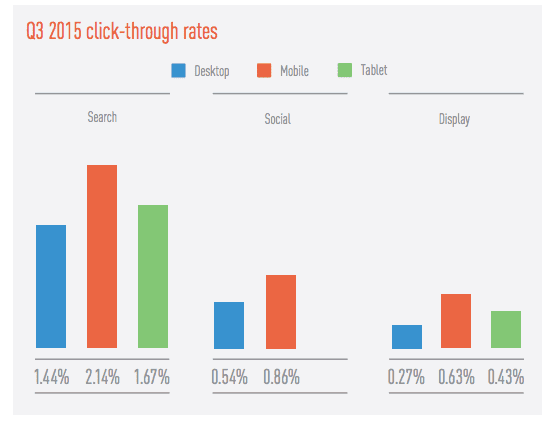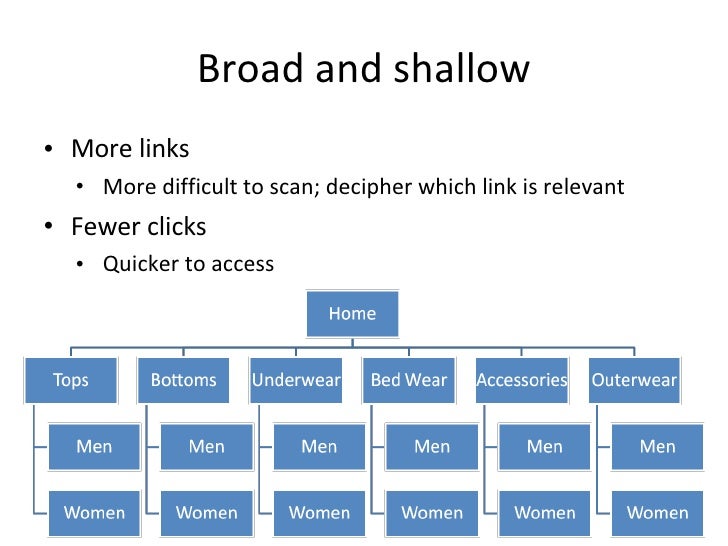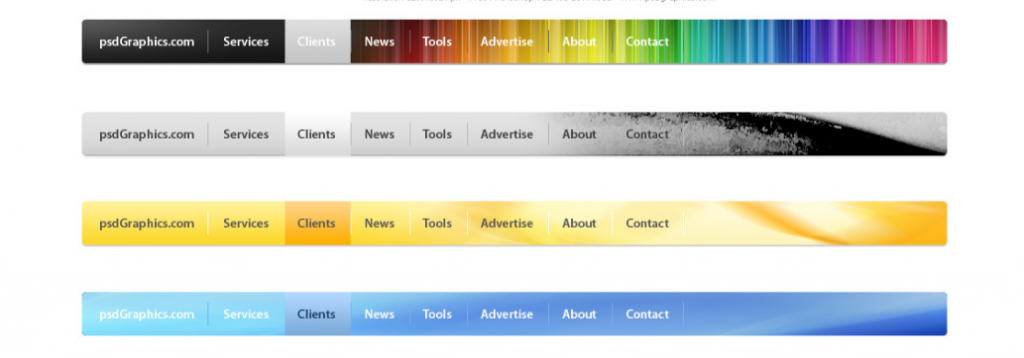A website’s UX is directly affected by it’s structure. And the website structure is extremely important when it comes to SEO performance.
If you have a confusing website with an unappealing layout, chances are good that search engines won’t be too fond of it ether. They don’t want to wait, they want the information now. And in order to get to what they’re looking for in a timely manner, everything needs to be perfectly organized.
Here are some tips on how you can achieve first page rankings that you and your team will absolutely love:
Choose a User-Centric Approach
According to Dr. Peter J. Meyers of Moz, the click-through-rates (CTRs) and dwell time are the two most important metrics for users of your website.
CTRs are important because, “relevant results drive more clicks,” and search engines seek out the most relevant results because they want sites that will most closely match a user’s query. It’s quite simple; if your web page correlates with an individual’s search, they will click on it. As such, CTR is an important measurement factor for search engines like Google and Bing because it’s an indication of whether or not your website is both relevant and useful.

Dwell time is another measure of usefulness that search engines are bound to use. If users click on your page but shortly find that the content isn’t what they were looking for, they’re going to leave faster than greased lightning. In other words, short dwell time lead to poor search engine rankings.
Driving traffic to your site isn’t enough to get your page a good SEO rating. Search engines want to see that users are also staying on your page. Layout, website design and content are all important aspects you need to think about when creating design of the website. At the end of the day, you can have the exact information a user needs, but if it’s buried under a bunch of tabs or labeled incorrectly, they’re are never going to find it.
clean structure and easy website`s Organization

If your business website is having trouble getting noticed, it could be due to how it’s organized. Don’t be a hoarder and don’t overload your users with pages and pages of information! Even if every fiber of your being is telling you that having an exorbitant amount content is good in the long-run, rest easy and know that it is not. It can actually end up hurting you in terms of rankings. Go back to the drawing board and reorganize your hierarchy!
Menu, Please!
Navigation menu is one of the most common elements of a website’s organization. Easily an important consideration factor for your website’s structure, this is one of the first things that users will see when they land on your site because it shows them everything they need know. The easier and clear it is, the better for everyone.
Neil Patel, co-founder of KISSmetrics, writes that while drop down and disappearing menus may have an aesthetic edge, they actually don’t give you the upper hand when it comes to SEO. Instead, he suggests, “text links with appropriate anchors provide the strongest form of SEO.” Don’t forget that your website can have both intricate features an simple user navigation.
Shallow Water Means You Can See
Shallow water is great for teaching kids how to swim. Similarly, shallow navigation can help your users get their feet wet if they’ve never been to your website.

Don’t forget that shallow navigation structures improve your website’s usability, making it far less likely that visitors will give up trying to find the content they were looking for in your buried pages.
Shallow navigation is a great tactic to use because it means that users don’t have to click multiple times before they get to the information they need. If you skim through a digital marketing agency’s website, you will notice that many of them are shallow. Because they know what they’re doing. As an example, if you have questions about what a digital marketing agency does, go over to their website, click on their “Services” page, click on their “SEO Services” section, and boom! You made it in under 3 clicks.
URL and website Navigation
The goal is strong web-site structure and strong URL structure because strong site and URL structure both mean high SEO ratings.
You want your URLs to reflect the hierarchy you laid out for your website. This means that the words in each URL should directly represent your website’s organization.
Keep everything simple because your users and SEO ratings will be better for it!
Crawlers aren’t Creepy
Google Crawler
Any marketing agency can tell you that the more structured your site is, the easier it will be for crawlers to access your content and return for more.
Sometimes it’s easy to forget that website structure is not only for users, but also for search engine crawlers as well. True to their name, crawlers like Google’s bot crawl through websites, index them, and get them ready to appear when your information matches a search query.
Structure Your Website!

As you can see, website structure is crucial to online success. Take some time to dedicate your team’s efforts towards your site’s structure if you want to see your SERP rankings increase. Let’s take another look at these tips and set your business in the right direction:
- Take a user-centric approach and focus on CTRs and dwell time
- Reorganize your site’s hierarchy
- Simple menus for simple navigation
- Shallow site navigation gets users where they need to go
- Match your site hierarchy to your URLs!
Strong site structure helps crawlers organize, index, and prep your site for users
Try any one or all of these tips to help boost your digital presence!

